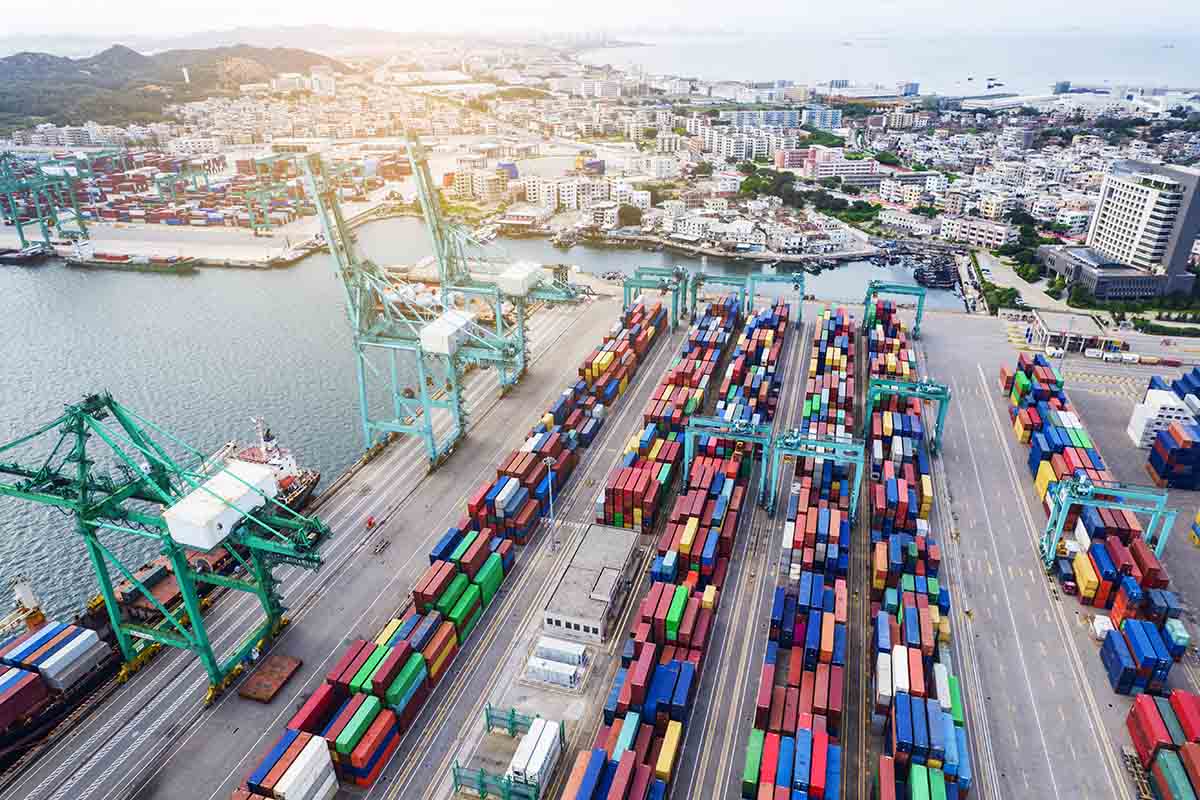Thinking About the Logistics of Supply Chains
To define a supply chain, we need to think about the whole process that is involved in supplying a product or service to the customer or client. This includes the company’s systems involving people, information, and activities, which make use of their resources during the process of supply.
In this article, we will look to understand the logistics of supply chains better and then look to future supply chain trends in the industry.
Importance of Supply Chains
How supply chains work is important because this can reduce production costs. Manufacturers depend on these supply chains, which will deliver materials to them to keep operations running and reduce downtimes.
A shortage of materials can shut down production and mean lost revenue and reputations. Those with better supply chains will ultimately compete better in the marketplace.
Those Involved in Supply Chains
The members involved in a supply chain include manufacturers or producers, distribution staff at every stage including wholesale, those concerned with the transportation of goods, not just the handling, a 3PL warehouse if you decide to outsource, and those shelf filling and selling in a retail situation. We must not forget the marketing and finance involved too.
It is everyone involved in making sure that the item is produced, so those handling materials, components, or parts, and those involved after that, who will move the goods around from factory to wholesaler to retailer. There will be those physically handling the goods and those involved in the admin. This process can be made more efficient by the use of technology, which will include automation, robots, and computers.
Current and Future Trends
In supply trains now, there is a shift towards becoming more efficient so that less energy will be wasted. This will mean fewer emissions. Many businesses will now even choose companies that are pushing towards such sustainability with their operations. There is a long way to go but everyone is getting there, albeit at different speeds.
Cloud technology has helped with data accessibility concerning the dissemination of information along entire supply chains. Effective communication is essential to ensure operations run smoothly and meet timescales.
As more commercial vehicles become electric, pollution levels are reduced. Automation will mean that goods can be moved around smaller areas using robots. This will ultimately mean less warehouse space is needed to house goods than when more people were needed to move it.
It is a useful exercise to step back and think, when you are too close to something, and see just how the supply chain is working for you. Any bottlenecks should then quickly be identified so that there is no hold-up of materials or finished goods. To fulfill contracts, everything needs to work on time and with the ultimate levels of efficiency.
Apart from efficiency, businesses now need to consider more how the planet is protected from activities, as governments seek to reduce pollution levels to protect the ozone layer from further damage, as well as use energy in a more efficient way that does not affect depleting resources.
Electric vehicles are a major step forward in this direction and these can be used in all transport situations. This is whether the goods or materials are being transported between factories, warehouses, or retail environments.
The first electric vehicle was created in 1884 but they have only been embraced more recently because of how eco-friendly they are. It is cost-effective in the long run, apart from the greater expense of initially investing in the technology. It would, for instance, cost only $1 to travel the same distance, whereas fossil fuels would mean a cost on average of $3.04.
Speed does not need to be compromised because a Tesla Roadster is faster than the majority of sports cars, as it has an acceleration speed of 0 to 60 in just 1.9 seconds. This should not, therefore, be an element that slows down any deliveries, particularly when comparable technology is possible in commercial vehicles too.
The more help that we can receive with sorting out our logistics, in terms of automating them and making them more energy-efficient, the better our supply chain can be. This will mean lower costs and so greater profits.




















